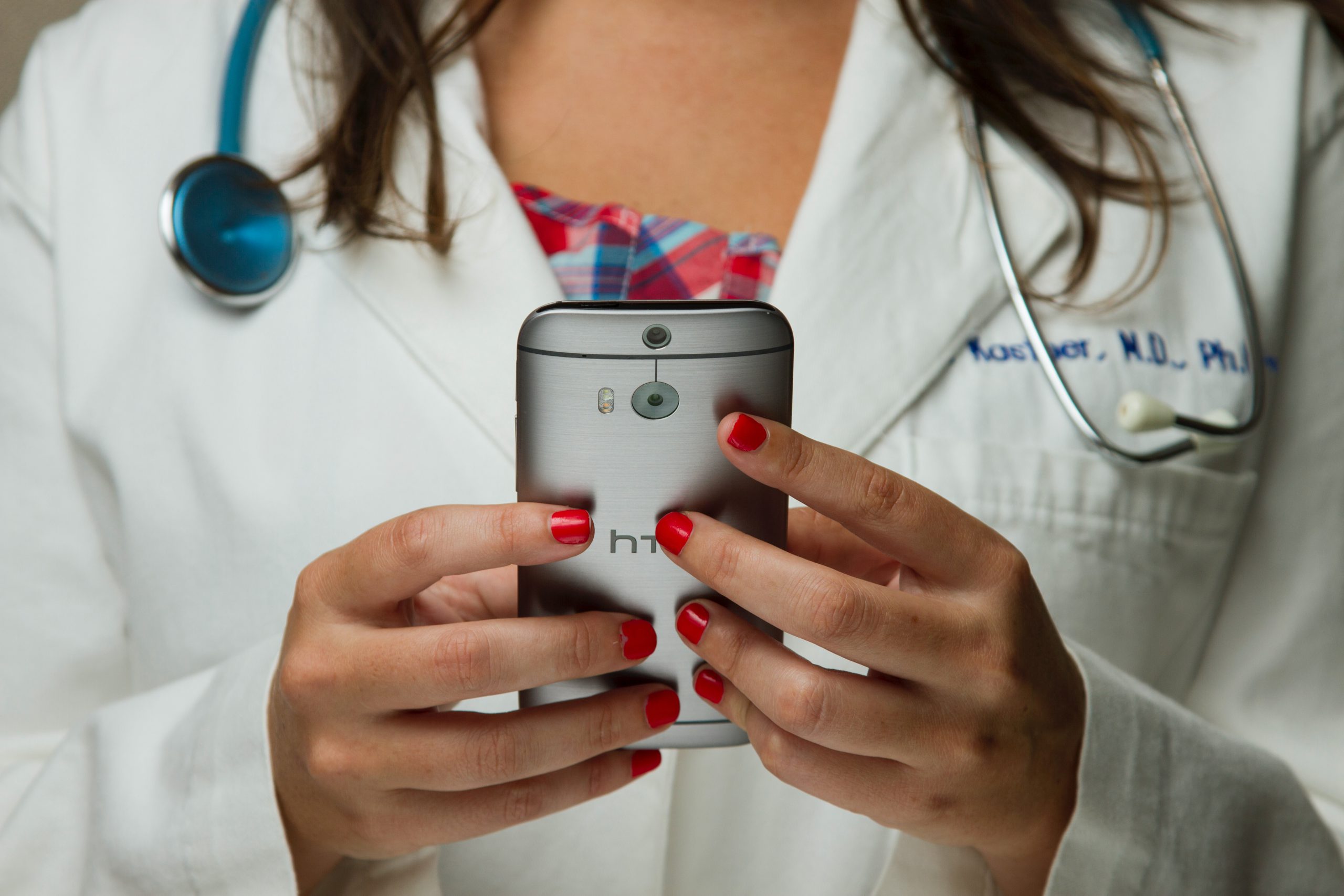The COVID-19 pandemic’s impact as a medical disaster is unlike anything that the world has ever experienced. Its sudden appearance is a wake-up call for the professions in the digital health and medical technology industries to adapt their practices for unique cases. Revolutionizing outpatient care is one of the current priorities of these healthcare sectors.
Revolutionizing outpatient care
The need for low-cost and efficient solutions that will require fewer on-site doctors to cater to a larger patient base is a growing concern. One of the more problematic challenges of COVID-19 is its restrictions on face-to-face interactions. Dealing with patients in person becomes a health risk for medical professionals on site, causing stress and infection cases among medical staff.
This is why outpatient care is quickly adapting to accommodate different diseases and illnesses beyond COVID-19. It’s a step towards progress that will soon minimize the necessity of going to the hospital for a face-to-face doctor’s appointment and treatment.
In this article, we will share three innovative technologies revolutionizing outpatient services.
1. mHealth
Mobile health, or mHealth, is the practice of performing medicine with the help of mobile apps. It’s easy to underestimate the power of preventative knowledge, but it can be beneficial for chronic conditions. It’s a modern way to connect patients with reputable physicians with ease.
These well-designed apps promote medical awareness and communication between medical providers. It uses a phone’s various features, from its camera and microphone, to analyze remote diagnostics for what a patient is currently feeling. There are over 325,000 mHealth apps available in the app store for different operating systems, and will expect to be a more prominent industry in the future.
2. Telemedicine
Pragmatically, remote communication is more convenient for patients and doctors alike. This prevents the need for long lines in hospitals and clinics, especially since each person will vary in severity and urgency for a consultation. For example, speech therapists can treat their patients with mild conditions without seeing them in person.
Through telemedicine, a patient can interact with their assigned medical professional through video conferencing. Besides being a standard video chat between two people, it also contains automated processes. These features include data-driven diagnostics and AI customer support for more efficient meet-ups and scheduling.
3. Portal technology
One pressing challenge that portal technology faces are the sensitivity of medical data through digital spaces. It’s just as crucial as the information that customers share with eCommerce platforms, with an even greater level of privacy concern. In response to this, MedTech companies use advanced encryption to allow patients to access their medical data through different mobile devices. This enables them to access and receive inpatient records from result-monitoring for several illnesses like heart disease, prediabetes, and even COVID-19.
Conclusion
Although these outpatient methods won’t apply to all illnesses and conditions, it’s a step towards a more effective queuing system for patients. For example, invasive procedures like surgeries and physical therapy will still require face-to-face interactions for treatment. Nevertheless, these technological advancements could give way for more accessible healthcare for all in the future.
When humans face a challenge, they often show signs of adapting to their situation and adapting to innovation. It’s a response that dates way back in ancient times, from the development of civilizations to modern technology’s progression. We will rise from the challenges of COVID-19 by becoming stronger and more efficient in several sectors, especially in the healthcare industry.
As the world continues to heal from this healthcare crisis, more and more advancements in medical practices and technology are soon to follow. Check out our medical news articles to stay up-to-date about the latest news and happenings around the world.


















